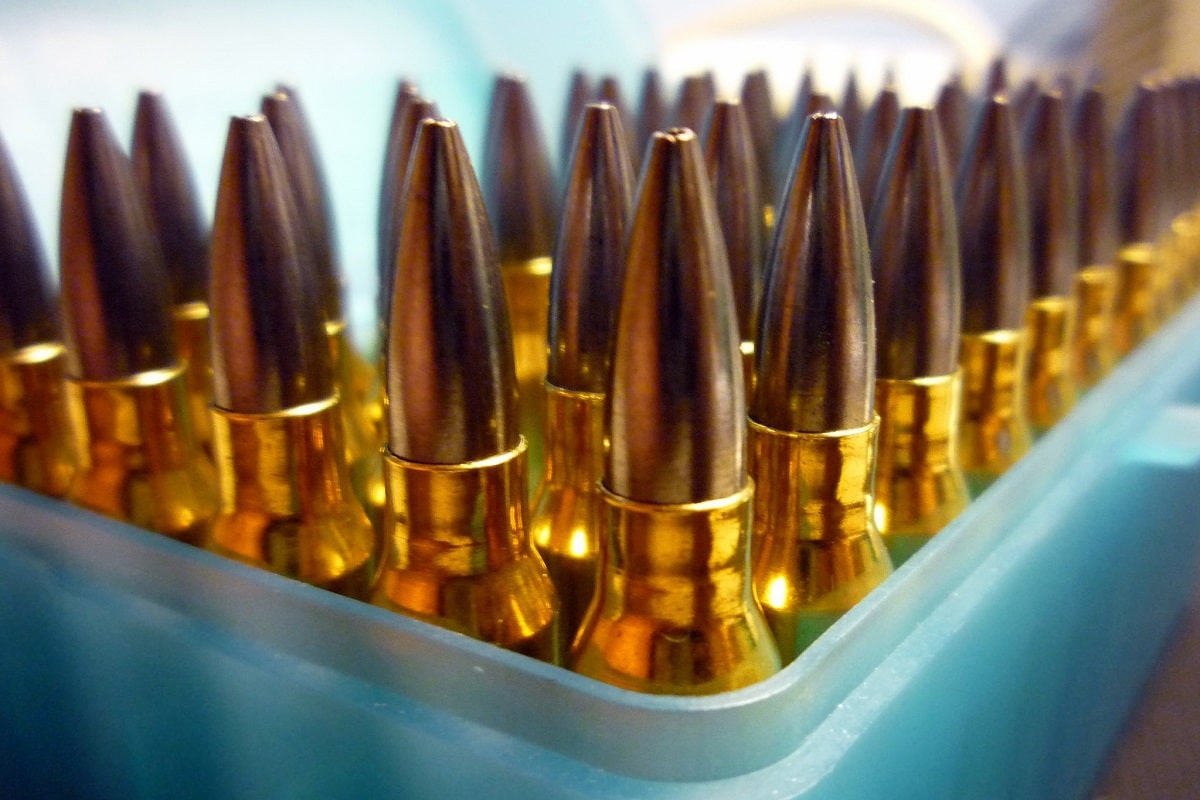The great ammo shortage that began last year will likely continue at least into early 2022, or perhaps even later. Shelves at firearm retailers have largely remained empty, and ammunition continues to sell out as fast as it comes in. It isn’t uncommon to see customers lined up at large retailers and even trekking to remote gun shops in the hopes of finding any ammunition.
Increasingly, the lines for ammunition have become to resemble holiday shopping for that must-have toy of the season.
The situation is not any better online, where retailers also quickly sell out of their stock. In some cases customers have thought they were in luck, only to find the stock depleted by the time they go to check out.
Ammo Shortage of 2021: Trending and Continuing
Last month across social media the hashtag “#ammoshortage” began to trend on TikTok and other social media platforms, where there have been images posted of those long lines at retailers and downtrodden customers who went home empty-handed.
For the firearms industry, 2020 and 2021 have been boom times, and last March to September saw a ninety-one percent increase in sales. There were more than 5.1 million first-time gun buyers last year.
Numerous factors included the novel coronavirus pandemic, the civil unrest that began last summer, and then calls by candidates, including then-candidate Joe Biden, for new gun control. That has been good for the industry but has created issues for shooters.
The approximately 15.1 million new guns needed ammo, but some of the same market factors that led to increases in sales also slowed ammunition production. Ammunition and firearms manufacturers were required to temporarily halt operations in certain states when they weren’t deemed an essential business, while international shipments of materials used in the production of ammunition were delayed or also restricted. Ammunition imports have also been severely restricted.
All that created the perfect storm where demand seriously outpaced supply.
Right now it could be well into 2022 before conditions return to normal. Two of the largest manufacturers in the United States, Federal, and Hornady, are doing everything to ramp up production but each expects the drought to last for months. Federal, which purchased Remington’s ammunition business last year, is now running some of its plants twenty-four hours a day, seven days a week to increase production.
Those efforts are still not enough.
Expect to Pay More
The increased demand has certainly resulted in higher costs whenever ammunition even shows up on store shelves. According to recent reports, a box of fifty rounds of 9mm was around $10, but now the same box can sell for upwards of $35.
The lack of ammunition, along with the higher costs, is now impacting sport and competition shooters and events. There have been reports that many shooting teams have had to curb practice in order to save ammunition for actual events. Even with reduced participants at many of these events due to the pandemic there simply isn’t enough ammunition.
As a result, we can expect more unhappy people taking to social media to complain that they can’t shoot the new gun they bought because of the ammunition shortage. Yet, as things get back to normal supply will catch up to demand. Perhaps the story next year will be the great ammo glut of 2022.
Peter Suciu is a Michigan-based writer who has contributed to more than four dozen magazines, newspapers and websites. He regularly writes about military small arms, and is the author of several books on military headgear including A Gallery of Military Headdress, which is available on Amazon.com.

